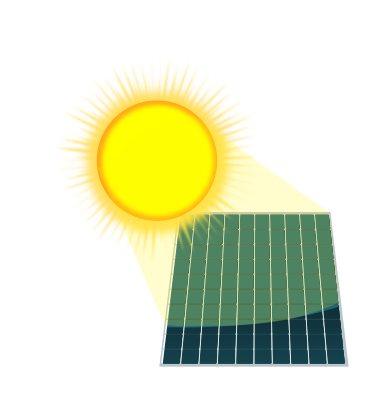Dave, Antonio, and Julian tear down the Wallbox Pulsar Plus and compare its assembly and weight to the previous chargers in this series. We would really appreciate it if you subscribe to our channel. The more subscribers we have, the more opportunities and teardowns we will be able to bring to you! Antonio on Twitter: @DiNunno_Antonio For more behind the scenes content: Twitter: https://twitter.com/live_munro Instagram: https://www.instagram.com/munrolive LinkedIn: https://www.linkedin.com/company/munro-live Facebook: https://www.facebook.com/MunroLiveTeam/ Tik Tok: https://www.tiktok.com/@munrolive Inquiries: Sales@leandesign.com For Exclusive Content Join our Patreon! Patreon: https://www.patreon.com/MunroLive #EV
I’ve been wondering what a stand-alone EV charging station will be. I have enough solar to power the home uses, but only just enough. If there were an EV in the driveway, I have calculated that to operate a Type 2 charger at lowest amperage, I would need another 2000W solar array and another split-phase 4kW inverter - but what about batteries? It seems crazy to store power in one bank just to move it into another (the EV). But for people who commute daily, that may be obligatory.
I only would use an EV every few days. It is rare we would travel two consecutive days, and distances are short. But my question is, how would home EV chargers react to reduced current, and are there ways to operate them below 16A? I think conventional inverters that cannot support a load, simply shut down. So I would look for an EV charger that can interface with a PV array and inverter to charge within the limits of the array output. I am afraid nothing like that yet exists.
Ideally would be a EV you can swap out batteries easily I think. But with the way these are build it is rather unlikely to happen I guess.



